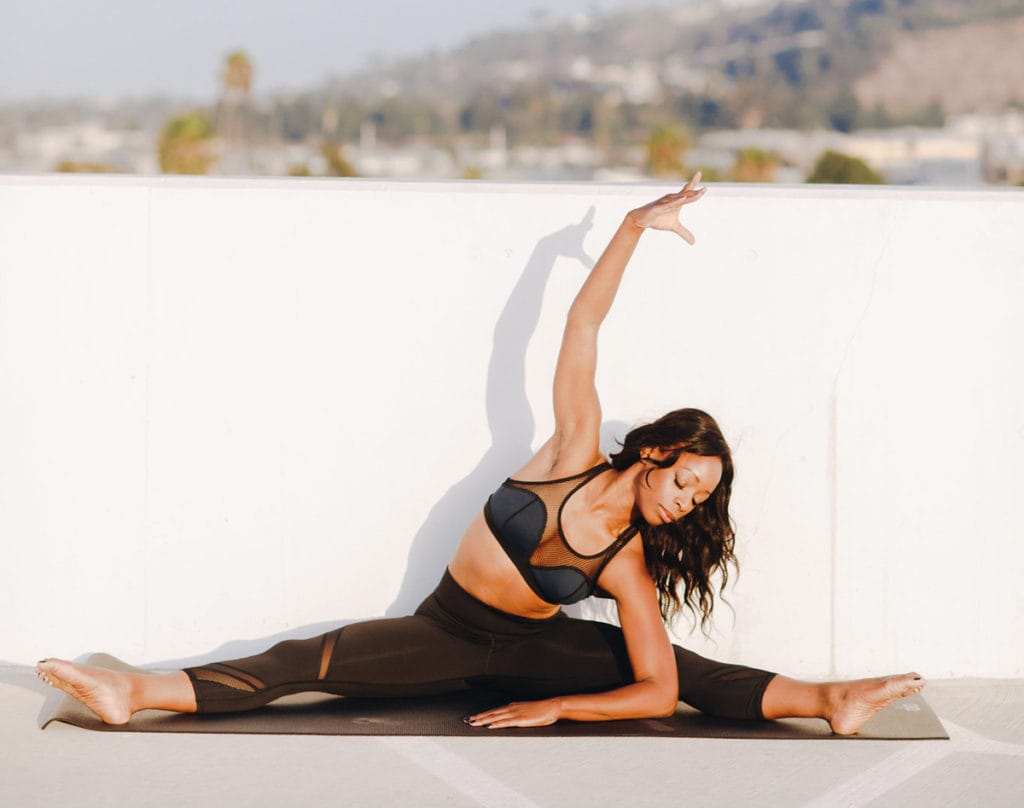Introduction
Stretching is important: it’s the one thing we know we should do but often forget. For gamers, desk workers, and athletes alike, stretching can help keep us agile, help prevent injuries, and, yes, even boosts our game time stamina. Today, let’s dive into the two main types of stretching—dynamic stretching and static stretching—and explore the difference between static and dynamic stretches, when and how each type of stretch should be used.
What Is Dynamic Stretching?
Dynamic stretching is all about movement. It’s an active stretch that involves moving parts of your body through their full range of motion to activate muscles and prepare them for more intense activity. This stretching involves active movements, making it an essential part of any warm-up routine. Think of it as waking up your muscles, giving them a heads-up that they’re about to be used.

Dynamic stretches are ideal as a dynamic warm-up. They gradually increase your heart rate, improve blood flow, and help muscles get loose and ready to perform. For example, leg swings, arm circles, or walking lunges are excellent dynamic stretches. These movements are especially useful for those who play fast-paced games or sports that involve a lot of running and jumping, like football or rugby.
Benefits of Dynamic Stretching
- Stretching Improves Flexibility and Mobility: Dynamic stretches help increase your range of motion by moving joints through their full range of motion. This stretching technique can significantly increase flexibility over time.
- Reduces Risk of Injury: By warming up your body, dynamic stretching decreases stiffness and lowers the chance of strains or sprains. Stretching has been shown to prepare muscles, reducing the risk of injury during intense activities.
- Enhances Performance: Studies on the effects of dynamic stretching indicate that incorporating dynamic stretches into your warm-up can boost power and agility. Dynamic stretching may improve muscle performance, making it ideal before a workout or gaming session.
What Is Static Stretching?
In contrast, static stretching involves holding a position to stretch a muscle for a set period, typically around 20 to 60 seconds. This type of stretch focuses more on increasing flexibility than preparing for activity. Examples include bending forward to touch your toes (hamstring stretch) or reaching an arm across your chest for a shoulder stretch. When you hold that position for 20 seconds or more, you feel a stretch in the targeted muscle group.
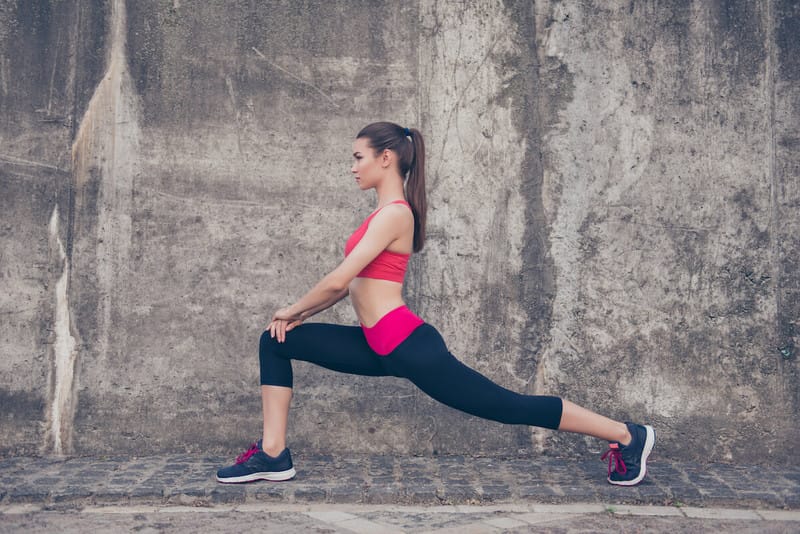
Static stretching is generally recommended for cooling down after exercise or as a standalone stretch routine on rest days. It’s not as effective as dynamic stretching for warming up because it doesn’t prepare muscles for high-intensity moves. In fact, static stretching before intense activities can actually make muscles less responsive, slightly weakening their ability to contract quickly.
Benefits of Static Stretching
- Increases Flexibility: Static stretches can lengthen muscles, helping them to remain flexible over time. Stretching can help improve overall muscle elasticity and stretching generally promotes better mobility.
- Promotes Relaxation: Holding a stretch can help relax muscles and reduce tension, which is great after a workout or a long gaming session. Static stretching is also beneficial for mental relaxation.
- Helps Prevent Muscle Tightness: Regular static stretching may help prevent stiffness and soreness after exercise or prolonged sitting. This stretching technique can help prevent muscle imbalances.
Static vs. Dynamic Stretching: When to Use Each Type?
Understanding the difference between static and dynamic stretching is important. One of the key aspects of effective stretching is knowing when to use each type of stretch. For example, if you’re about to work out or do any kind of fast-paced gaming, perform dynamic stretches to get your muscles ready. On the other hand, after your workout or game, using static stretching helps bring your body back to a resting state.
Before Exercise: Dynamic Stretching as a Warm-Up
Dynamic stretches should be used as part of your warm-up routine. For instance, if you’re about to start a game, a few minutes of dynamic stretches like leg swings or torso twists can help you avoid injuries. These movements get your blood flowing and prime your muscles for action. Dynamic stretching and static stretching are not interchangeable at this stage; use dynamic stretches for warming up.
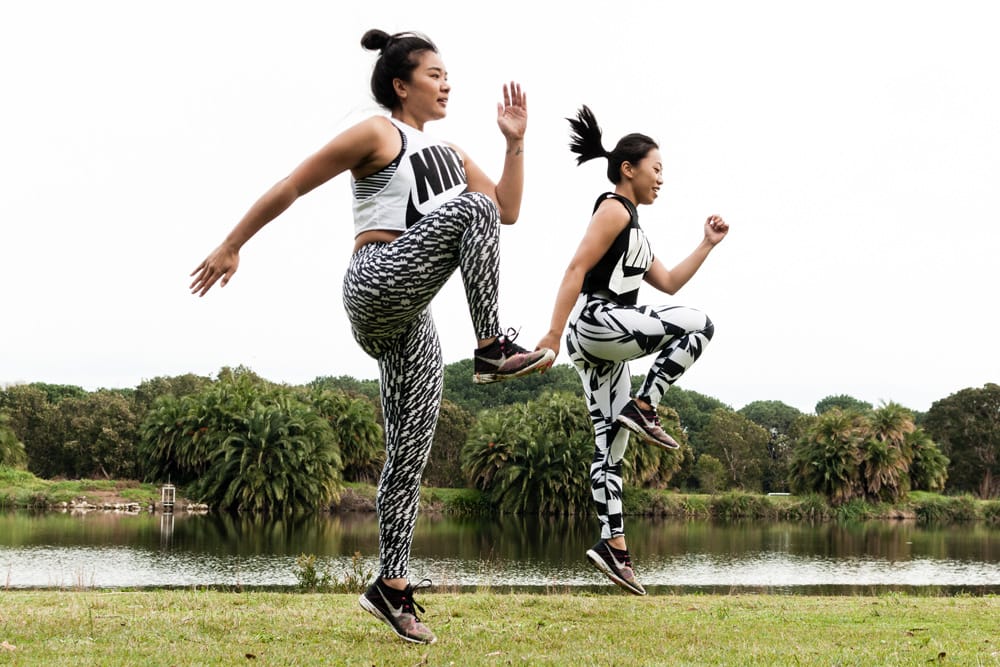
After Exercise: Static Stretching as a Cool-Down
Once you’re done with your workout or game, using static stretching helps bring your body back to a resting state. It relaxes tight muscles, prevents post-exercise soreness, and can improve flexibility over time. Try holding each stretch for about 30 seconds, focusing on muscle groups you worked out. Static stretches may also aid in recovery by reducing lactic acid buildup.
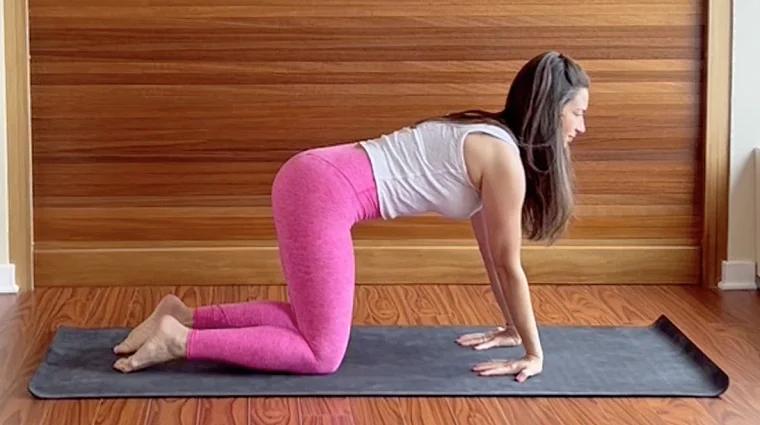
Examples of Dynamic Stretches to Try
Dynamic stretches include movements that are easy to incorporate into your routine, and they don’t take up much time. Here are some you can try:
- Walking Lunges: Step forward with one leg and lower your body until your front thigh is parallel to the ground. Alternate legs and keep your back straight. This dynamic stretch helps improve balance and coordination.
- Arm Circles: Stand up straight and extend your arms to the sides. Move them in small, controlled circles to warm up the shoulder muscles. This stretching involves active movement, preparing your upper body for activity.
- Leg Swings: Swing one leg forward and back, keeping your core tight to prevent arching your back. This stretch is great for the hamstrings and hip flexors, increasing your range of motion.
- Torso Twists: With your feet hip-width apart, rotate your torso from side to side, moving through your trunk. This helps loosen up your core muscles.
Each of these dynamic stretching exercises helps to increase mobility and prepare your muscles for action. Dynamic stretches are active movements that engage multiple muscle groups.
Examples of Static Stretches to Try
Static stretches to try are simple and relaxing, perfect for winding down after a workout or to keep your muscles flexible. Here are a few examples:
- Hamstring Stretch: Sit on the floor with one leg extended and the other bent. Reach towards the toes of the extended leg, keeping your back straight. Hold that position for 20 to 30 seconds until you feel a stretch in the back of your thigh, then switch sides.
- Shoulder Stretch: Bring one arm across your chest and use the opposite arm to pull it closer to your body. This stretch is ideal for relaxing the shoulder muscles after gaming.
- Quad Stretch: Stand on one leg, grab the ankle of the other leg, and gently pull it towards your glutes. Keep your back straight to avoid strain. Hold for 30 seconds on each side.
- Calf Stretch: Face a wall and place your hands against it. Step one foot back and press the heel into the ground, feeling the stretch in the front of your calf.
These static stretching examples target common areas that tighten up after physical activities, keeping you flexible and helping to prevent injuries. Stretching works by elongating muscle fibers, which can improve your overall mobility.
Other Stretching Techniques to Consider
While dynamic and static stretching are the two main types of stretching, other methods like ballistic stretching and PNF stretching techniques exist.
- Ballistic Stretching: This involves rapid, bouncing movements to push the body beyond its normal range of motion. However, it carries a higher risk of injury and is generally not recommended without professional supervision.
- PNF Stretching Techniques: Proprioceptive Neuromuscular Facilitation involves both stretching and contracting the targeted muscle group. This method can be effective for increasing flexibility but should be performed under guidance.
The Science Behind Stretching
Research on the acute effects of static stretching shows that prolonged static stretches can temporarily reduce muscle strength. On the other hand, the acute effects of dynamic stretching indicate improvements in muscle power and performance. Studies comparing static stretching and dynamic stretching have found that dynamic stretching is more beneficial before activities requiring strength and power.
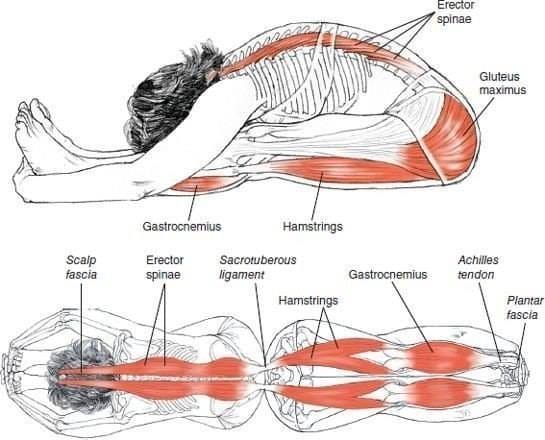
A four-week dynamic stretching warm-up intervention elicits longer-term performance benefits, enhancing flexibility and power. This intervention elicits longer-term performance benefits by consistently preparing the muscles for activity.
Studies on stretching on vertical jump performance show that static stretching on vertical jump may reduce power, whereas dynamic stretching can enhance performance. The effects of dynamic and static stretching on muscle strength suggest that dynamic stretching is more effective for activities requiring explosive movements.
The Bottom Line on Stretching
Stretching is important for overall health and performance. By incorporating both static and dynamic stretching into your routine, you’re not only keeping yourself injury-free but also enhancing your performance and stamina, whether you’re in the gym or going hard at your gaming setup.
Remember, dynamic stretches should be used during your warm-up to prepare your muscles and joints. After your activity, cool down with static stretches to try, focusing on the major muscle groups you’ve engaged. This balanced approach ensures you stretch a muscle properly, increase flexibility, and reduce the risk of injury.
What’s the Difference? Simply put, dynamic stretching is for warming up, involving active movements, while static stretching is for cooling down, involving holding positions. Understanding and utilizing both can make a significant difference in your physical activities.
Stretching requires consistency and proper technique. Always keep your back straight during stretches, and don’t push beyond what’s comfortable to avoid injuries. Whether you’re an athlete or a casual gamer, making stretching a part of your routine can lead to noticeable improvements in your performance and well-being.
Additional
Dynamic vs Static Stretching is a topic that highlights the difference between dynamic and static stretches. Dynamic vs static stretching is essential knowledge for anyone looking to optimize their fitness routine. Dynamic stretches as part of your warm-up can prepare your body for activity, while static stretches help with recovery.
Active and passive stretching methods, including relaxed stretching, can also be incorporated into your routine. While dynamic stretching involves active movements, static stretching is probably better for cooling down.
Stretching generally helps improve flexibility and mobility. Stretches increase blood flow to the muscles, aiding in performance and recovery. The effects of static and dynamic stretching on muscle performance have been widely studied, showing that dynamic stretching is more beneficial before exercise, especially compared to static stretching.
Recommends static stretching after workouts to enhance flexibility. Warm up your body with dynamic stretches and cool down with static stretches. Stretching is usually overlooked but is crucial for maintaining muscle health.
Combined static and dynamic stretch protocols can be effective, but it’s essential to understand how each works. Static and dynamic stretch protocols on fifty-meter sprint performance have shown that dynamic stretching is more beneficial.
In conclusion, both static and dynamic stretching play vital roles in fitness. By understanding what’s the difference and applying these techniques appropriately, you can optimize your performance and reduce the risk of injury.







